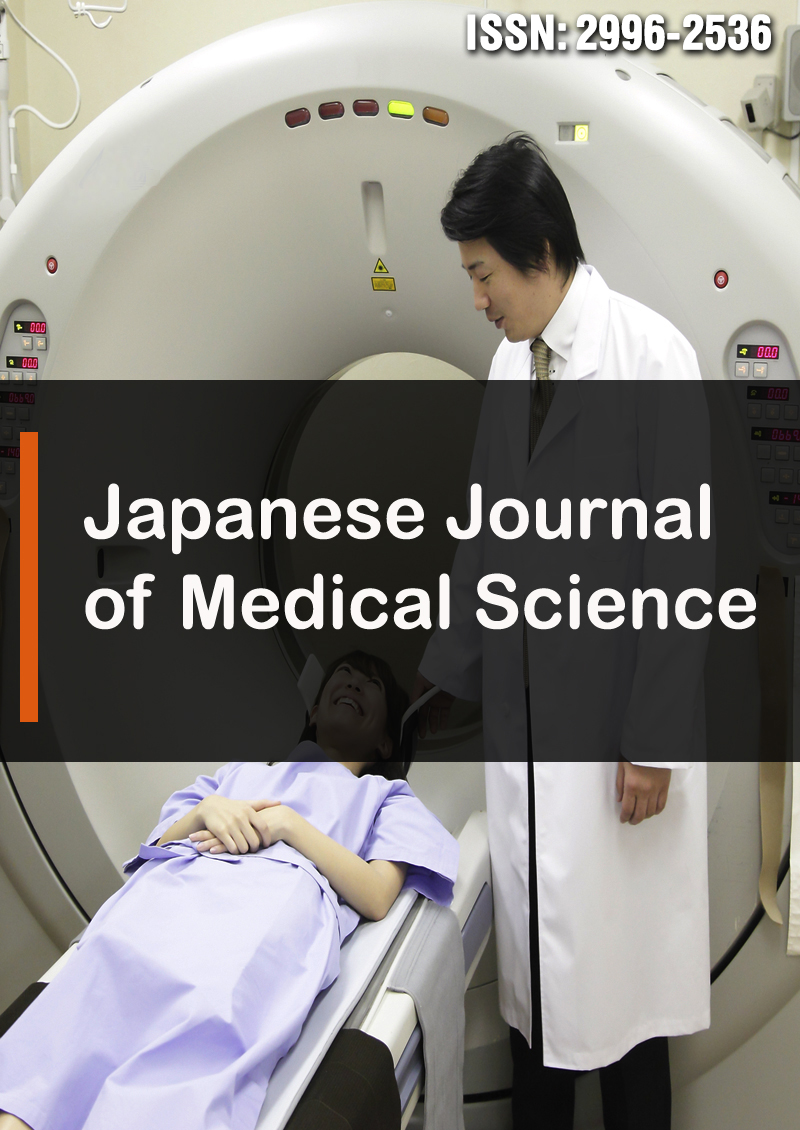Outcomes Addressed by Longitudinal Whole-Body Electromyostimulation and Belt Electrode-Skeletal Muscle Electrical Stimulation Trials in Middle Aged-Older Adults-an Evidence Map
Abstract
Yen Hai Le, Daniel Schoene, Matthias Kohl, Simon von Stengel, Michael Uder and Wolfgang Kemmler
Introduction: Due to its time-effective, joint friendly and highly customizable character whole-body-electromyostimulation (WB-EMS) is regarded as a feasible solution for a large variety of training issues. Not least for this reason WB-EMS research has increased considerably during the last few years. To identify gaps in research and summarize prevalent evidence we conducted an evidence map on outcomes addressed by WB-EMS trials in middle-aged to older, non-athletic adults so as to align future research more efficiently.
Methods: Based on a comprehensive systematic search in five databases and two study registers according to PRISMA, 54 projects published in 80 articles were ultimately identified as meeting our eligibility criteria.
Results: More than 90% of the studies reported outcomes related to the physical fitness or function domain. Body composition parameters were addressed by two thirds of the projects, however only 14 studies considered body composition as the primary outcome. Health-related outcomes addressed by WB-EMS trials as primary (or secondary/subordinate) outcomes included cancer/neoplasm (n=3, (n=4)), endocrine regulation (n=2, (n=6)), glucose metabolism (n=6, (n=9)), nervous system diseases (n=2), cardiovascular system diseases (n=6, (16)), non-specific chronic low back pain (n=4), osteopenia (n=2, (n=3)) and diseases of the renal system (n=1, (n=11)). Outcomes related to inflammation were addressed three times as a primary and 15 times as a secondary/subordinate outcome. Of importance, no studies reported clinically relevant adverse effects related to the WB-EMS intervention.
Conclusion: In summary, while considerable evidence on outcomes related to fitness/function and body composition is prevalent, evidence gaps of WB-EMS research were particular evident for diseases of the nervous and cerebrovascular system.



